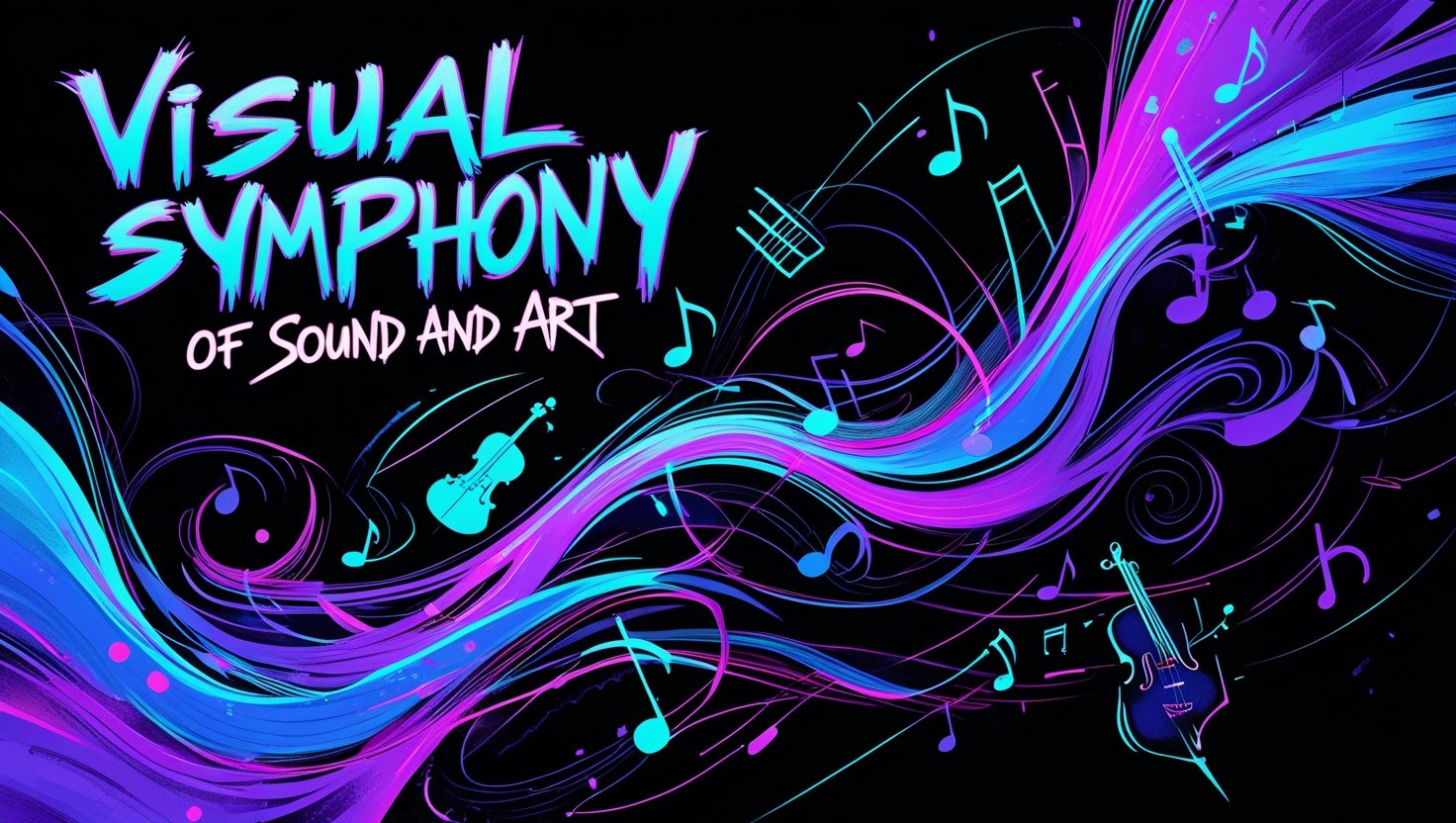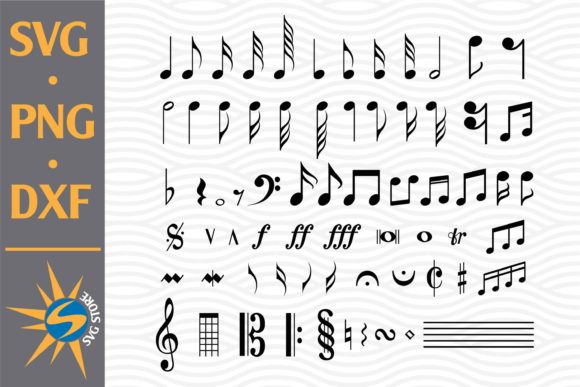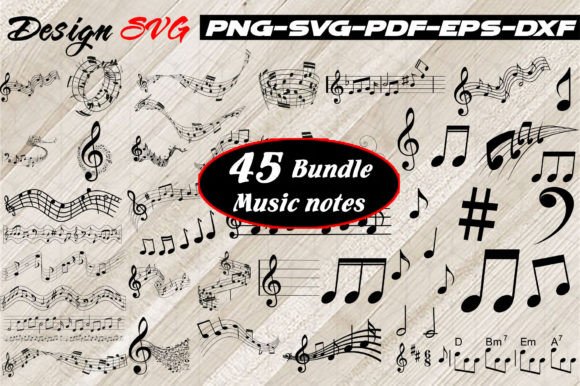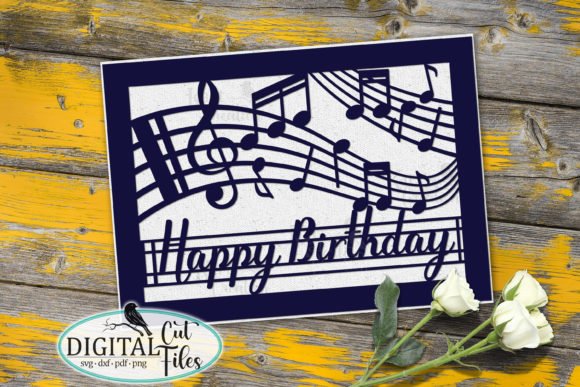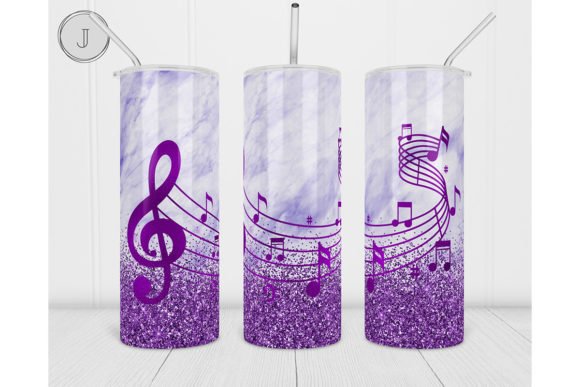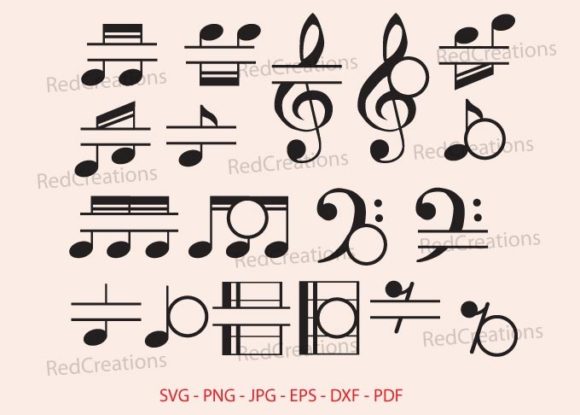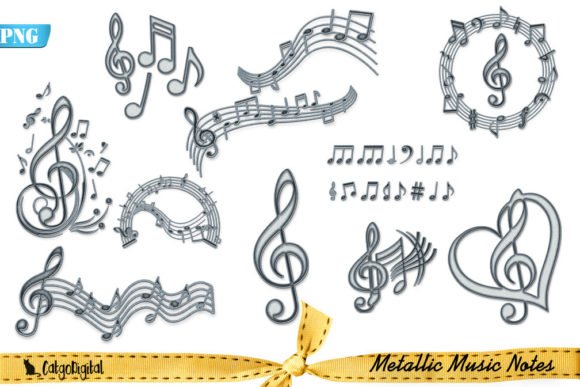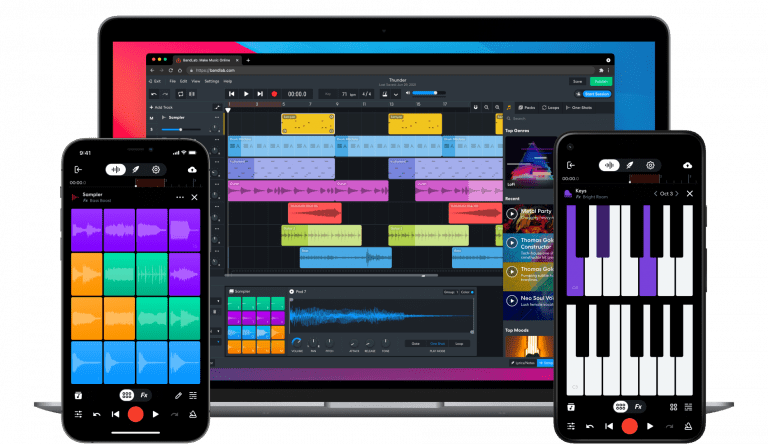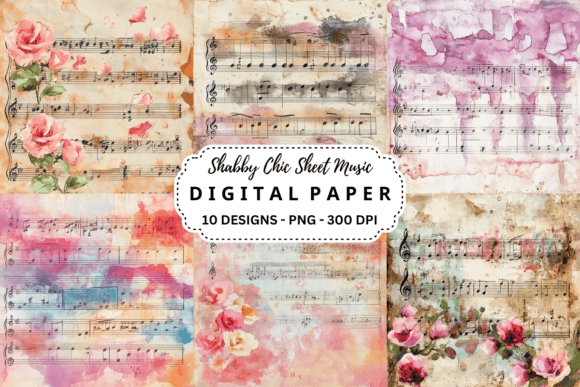In the dynamic intersection of audio and visual arts, musical graphics design has emerged as a groundbreaking medium that transforms sound into captivating visual experiences. Let’s explore this innovative field that’s reshaping how we experience music visually.
The Evolution of Musical Graphics Design
The journey of musical graphics design hasn’t been a straight path – it’s been more like a jazz improvisation, with twists and turns that nobody saw coming! Back in the 1950s, when experimental composers like John Cage were pushing boundaries, they couldn’t have imagined how digital technology would revolutionize this field.
Today’s musical graphics designers are standing on the shoulders of giants, combining traditional design principles with cutting-edge technology. The rise of digital audio workstations (DAWs) and sophisticated visualization software has opened up possibilities that would’ve seemed like science fiction just a few decades ago.
Essential Tools of the Trade
Boy, oh boy – if you’re diving into musical graphics design, you’ll want to get your hands on some serious gear! Here’s what you’ll need in your creative arsenal:
- Adobe Creative Suite (particularly After Effects and Illustrator) for creating and manipulating visual elements
- Audio analysis software like Sonic Visualiser or MATLAB for sound wave visualization
- Real-time visualization tools such as TouchDesigner or Processing for live performances
- High-quality audio interfaces to ensure accurate sound representation
The Science Behind Sound Visualization
Let’s get a bit technical (but not too nerdy!) about how sound becomes visual art. Sound waves are essentially patterns of air pressure that our ears interpret as music. When we translate these waves into graphics, we’re working with:
- Frequency analysis through Fast Fourier Transform (FFT)
- Amplitude visualization using waveform displays
- Spectral analysis showing the distribution of frequencies
- Time-domain representation of audio signals
Design Principles in Musical Graphics
Creating killer musical graphics isn’t just about slapping some wavelengths onto a screen. You’ve gotta consider:
Color Theory and Sound
Different frequencies can be mapped to specific colors, creating a visual language that resonates with the music. Research has shown that people often associate higher pitches with brighter colors and lower pitches with darker hues.
Movement and Rhythm
The flow of visual elements should match the music’s tempo and rhythm. This creates a seamless audio-visual experience that can enhance the audience’s emotional connection to the piece.
Practical Applications
Hold onto your hats, ’cause musical graphics design is popping up everywhere:
Live Performance Visuals
Music festivals and concerts are using real-time musical graphics to create immersive experiences. Take Radiohead’s 2018 tour, where visual artists created stunning reactive graphics that responded to live music.
Music Video Production
The music video industry has been revolutionized by musical graphics design. Artists like Björk and Aphex Twin have pushed the boundaries of what’s possible in this medium.
Industry Trends and Innovations
The field of musical graphics design is moving faster than a drummer’s paradiddle! Here are some trends shaping the future:
AI and Machine Learning
Artificial intelligence is making waves in musical graphics design, with tools that can generate visuals based on musical input in real-time. Companies like Google’s Magenta project are leading the charge in this area.
Virtual and Augmented Reality
VR and AR are opening up new dimensions for musical graphics design, allowing for immersive 3D visualizations that audiences can interact with.
Common Questions and Answers
FAQ Section
Q: Do I need a music background to work in musical graphics design? A: While musical knowledge is helpful, it’s not mandatory. What’s more important is understanding visual design principles and having a good ear for rhythm and timing.
Q: What’s the best software to start with? A: Begin with Adobe After Effects and a basic audio visualization tool like Sonic Visualiser. As you progress, explore more specialized tools.
Looking Ahead: The Future of Musical Graphics
Well, folks, we’re wrapping up our deep dive into musical graphics design, but this field is anything but finished! The fusion of emerging technologies with creative expression continues to push boundaries and create new possibilities.

